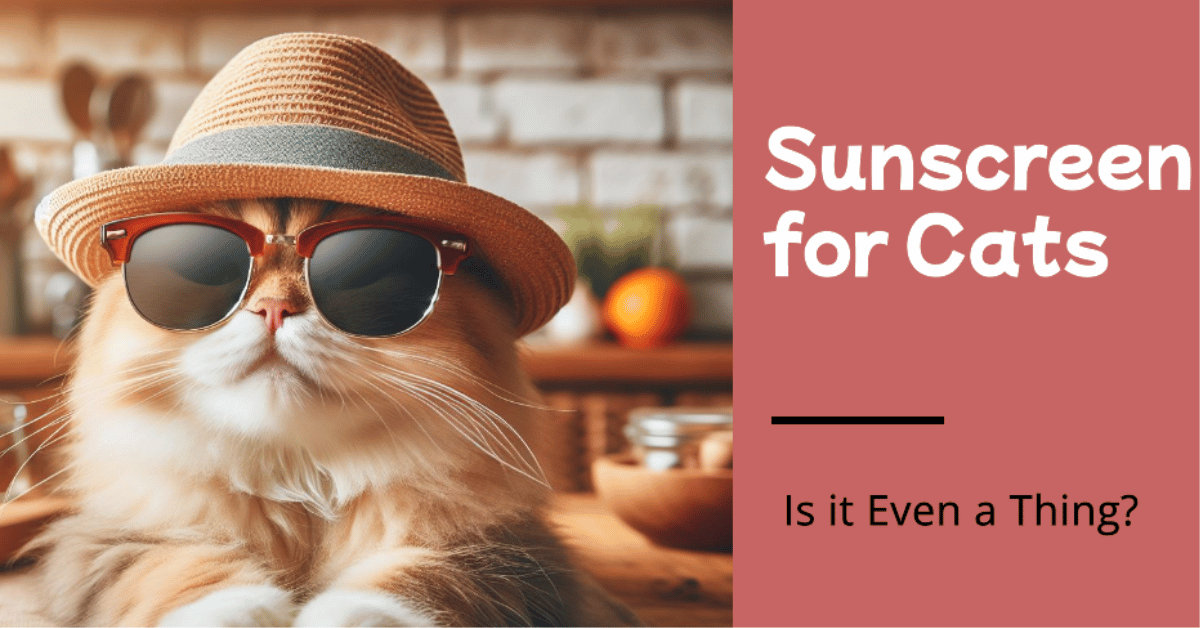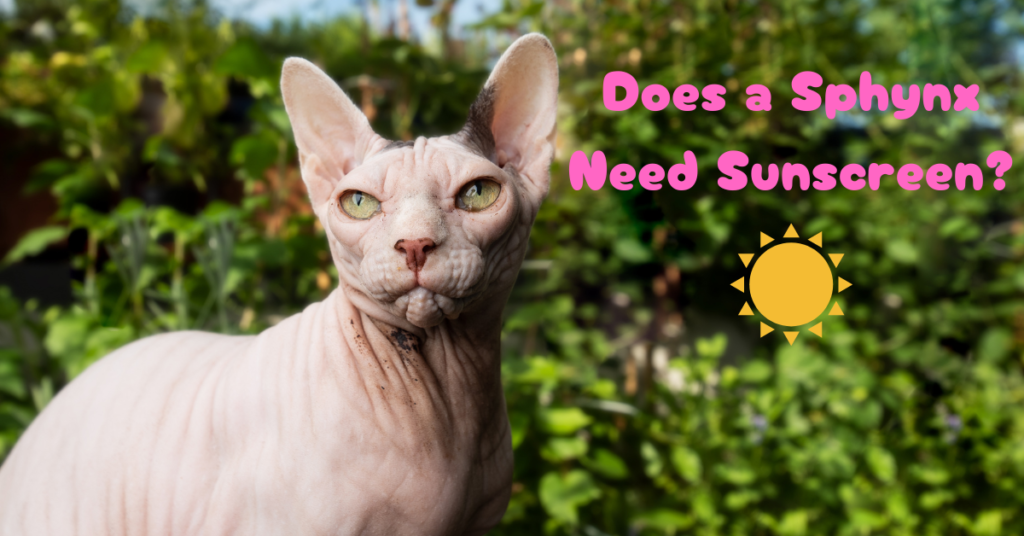This post contains affiliate links and I will be compensated if you make a purchase after clicking on my links.
Sunscreen for Cats: Shedding Light on Feline Sun Safety
One might wonder about the buzz surrounding Sunscreen for Cats. Is it merely a trend, or an essential part of cat care we’ve overlooked until now?
Yes, sunscreen for cats is a thing, and as surprising as it may sound, it’s a topic worth exploring.
As our curious cat friends bask in their favorite sunny spots, it’s crucial to dive into the details and necessity behind sunscreen for our furry companions.
Understanding the Sunburn Risk for Cats
Certain cats, especially those with white, thin, or no hair, are notably at a higher risk of sunburn. Their sensitive skin is particularly vulnerable to the damaging effects of prolonged exposure to ultraviolet (UV) radiation. This can lead to sore, damaged skin and significantly increase the risk of skin cancer.
The lack of a natural, protective fur coat makes these feline friends more susceptible to the sun’s harsh rays, underscoring the critical need for additional protection. It’s essential for the well-being of these cats to have layers of defense against sun exposure, ensuring they can enjoy their sunny spots safely without the adverse effects of UV radiation.

Types of UV Rays and Their Effects on Cats
- UVA Rays: These rays penetrate deep into the skin and can cause long-term skin damage and premature aging. They are less intense but more prevalent and can subtly alter the skin structure over time.
- UVB Rays: These rays are more energetic and can cause immediate issues like sunburn. They are a significant risk factor for skin cancer and are most intense during the middle of the day.
Note: Both types of UV rays—UVA and UVB—can be harmful to cats, each in different ways. Read more about the differences between these types of UV radiation to better understand their effects and why protection against both is crucial for your cat’s health.
Risk Factors for Sunburn in Cats
- Fur Color and Type: Cats with white or light-colored fur are at a greater risk. The same holds true for cats with thin coats or no hair.
- Age: Very young and older cats tend to have more sensitive skin, making them vulnerable to sunburn.
- Exposure Time: The longer a cat is exposed to the sun without protection, the higher the risk of developing sunburn.
Symptoms of Sunburn in Cats
- Visible Redness: Often the first sign of sunburn is a noticeable redness on areas like the nose, ears, and belly.
- Discomfort or Pain: A cat might shy away from being touched in sunburned areas due to discomfort.
- Lethargy or Depression: As with many forms of discomfort, sunburn can lead to an overall decrease in energy or mood.
While the risk of sunburn is particularly high for cats with white, thin, or no hair, it’s essential to recognize that the sun can affect all cats, regardless of their fur color or thickness. Cats are experts at finding warm spots for a cozy nap, but they might not always recognize when it’s time to seek shade.
Heat Stress in Cats
Just like humans, cats can suffer from heat stress, a condition exacerbated by high temperatures and direct sunlight. The symptoms of heat stress include excessive panting, drooling, lethargy, and in severe cases, heatstroke. In addition to these symptoms, prolonged exposure to high temperatures can also lead to:
- Increased Heart Rate: A rapid heart rate can be a sign of heat stress as your cat’s body tries to cool itself.
- Vomiting or Diarrhea: In extreme cases, heat stress may cause gastrointestinal upset.
- Collapse or Unconsciousness: These are serious signs that require immediate veterinary attention.
Recognizing these symptoms early can be crucial in preventing more severe outcomes like heatstroke.
Sunscreen for Cats: A Closer Look at Its Effectiveness
When it comes to protecting our feline friends from the harmful effects of UV radiation, sunscreen emerges as a proactive measure that goes hand in hand with other preventive strategies.
Choosing an Effective Sunscreen for Your Cat
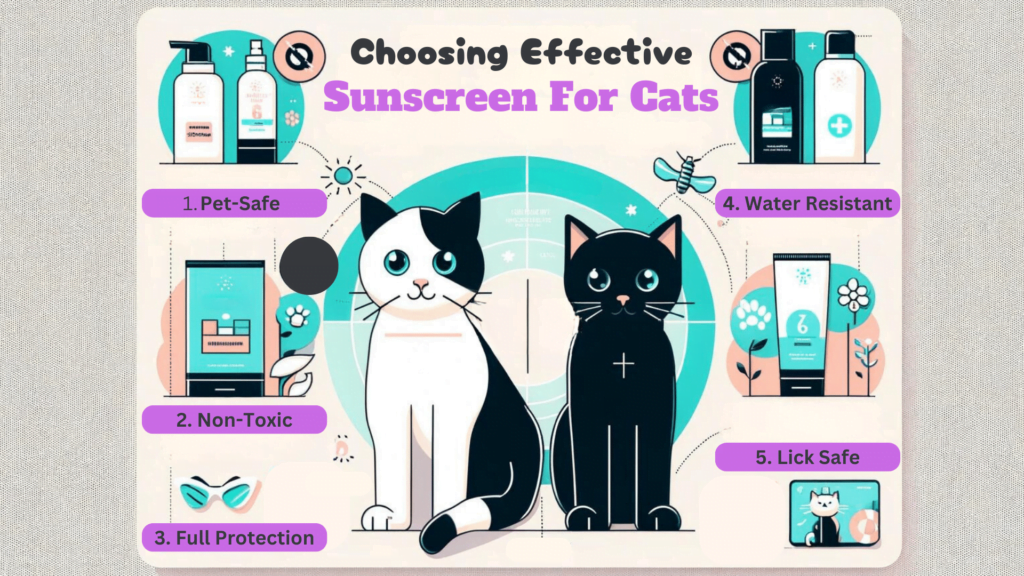
When it comes to protecting your feline friend from the sun, not just any sunscreen will do. It’s vital to select a product that caters specifically to the needs of pets to ensure safety and effectiveness. Here’s what to look for:
- Formulated for Pets: Choose sunscreens that are explicitly designed for pets. These products are tailored to be safe for use on a cat’s skin, taking into account their unique pH balance and minimizing the risk of irritation or toxicity.
- Avoid Harmful Ingredients: Prioritize products that are non-toxic and free from fragrances, parabens, and zinc oxide—ingredients commonly found in human sunscreens but harmful to cats if ingested. A lick-safe formulation ensures your pet can safely groom themselves without the risk of adverse effects, making the sunscreen safe for use on areas they can reach with their tongue.
- Broad Spectrum Protection: Aim for a sunscreen offering broad-spectrum protection, shielding your cat from both UVA and UVB rays. This ensures comprehensive coverage against the sun’s harmful effects.
- Water-resistant Options: For cats that enjoy the outdoors, consider a water-resistant formula. While not all cats go near water, a water-resistant sunscreen will stay on longer through sweating or if your cat wanders into wet areas.
Effective Sunscreen for Cats Recommendation
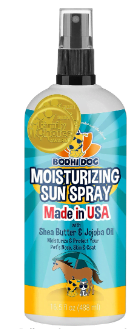
How to Apply Sunscreen to Your Cat
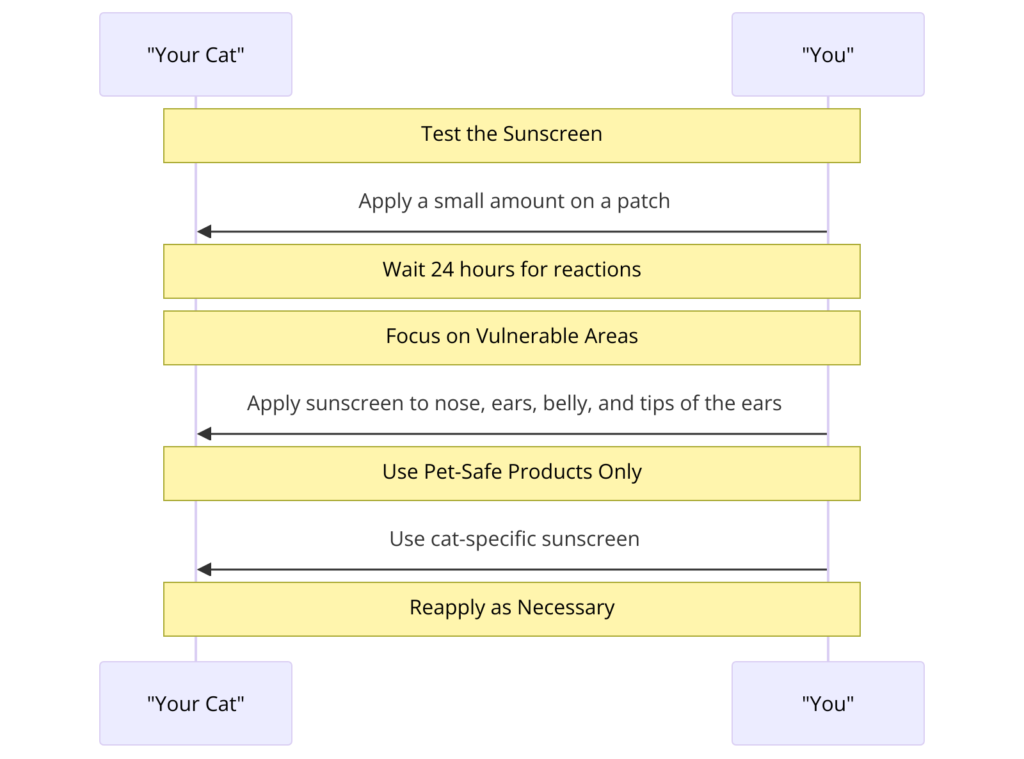
- Test the Sunscreen: Before applying the sunscreen fully, test a small amount on a patch of your cat’s skin to monitor for any adverse reactions over the next 24 hours.
- Focus on Vulnerable Areas: Gently apply the sunscreen to areas with little to no fur, such as the nose, ears, belly, and the tips of the ears, as these areas are more susceptible to sun damage.
- Use Pet-Safe Products Only: It’s vital to use sunscreen that is specifically designed for cats. Human sunscreen can be toxic to your pet and should be avoided.
- Reapply as Necessary: Sunscreen should be reapplied according to the product instructions, especially if your cat spends a lot of time outdoors.
- Monitor for Licking: Watch your cat after applying the sunscreen to ensure they do not lick it off, as ingestion of the sunscreen could lead to health issues.
Other Preventive Measures Besides Sunscreen for Cat Sun Protection
- Access to Shade: Always ensure your cat can move to a shaded or cooler area, particularly when they’re outdoors.
- Fresh Water: Keeping fresh water available and change often to help them stay hydrated is vital.
- Indoor Cool Zones: For indoor cats, make sure there are cool spots in your home where they can rest, away from direct sunlight.
- Monitoring Outdoor Time: Limit your cat’s outdoor activities during peak sun hours, usually between 10 am and 4 pm.
- Window Filters: For indoor cats who love lounging in sunny spots by the window, consider installing UV-blocking window films. These filters can reduce the amount of harmful UV radiation while still allowing your cat to enjoy the warmth of the sun.
- Regular Grooming: Maintaining a healthy coat can also play a role in protecting skin from sun damage. Mats and tangles can create uneven fur lengths, exposing skin unexpectedly. Regular grooming ensures that your cat’s fur provides uniform coverage and protection.
- Protective Clothing for Cats: Protective clothing can shield sensitive skin from harmful UV rays. Lightweight and breathable, these garments offer an extra layer of sun protection for outdoor adventures or for those brief moments under the sun.
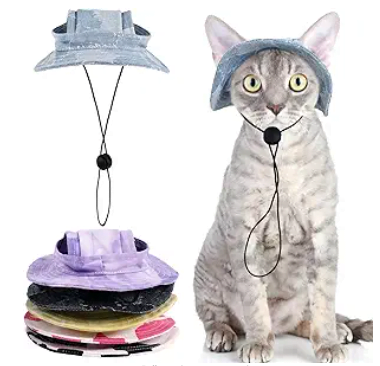
Cat Gadgets and Furniture for Optimal Sun Protection
Innovative gadgets and specialized furniture play a crucial role in ensuring optimal sun protection for our feline friends.
- Smart Pet Doors: Control your cat’s access to the outdoors, ensuring they stay inside during peak sun hours to avoid excessive sun exposure.
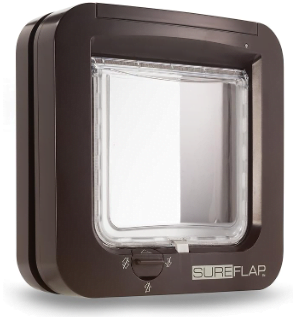
- Cat Fountains (especially Stainless steel ones): Provide a continuous supply of fresh water, encouraging hydration and helping your cat stay cool and hydrated, especially important during warmer months.
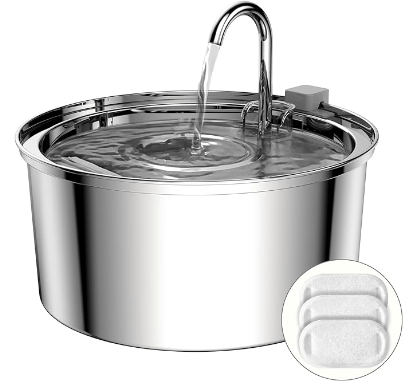
- Window Perched Beds: Allow cats to safely enjoy the sunshine indoors, offering a cozy spot for sunbathing under controlled conditions without the risk of overheating or sunburn.
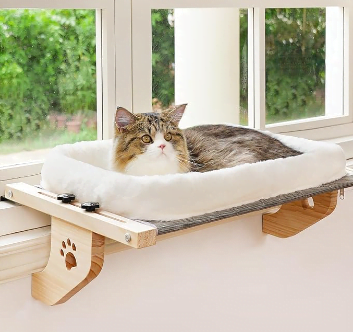
Recognizing and Reacting to Sunburn
Identifying signs of severe sunburn in cats is crucial for their health. Symptoms may include red, irritated skin, lethargy, and excessive grooming of the affected area.
If you notice these signs, it’s important to act swiftly. Immediate steps include moving your cat to a cool, shaded area and providing plenty of water to prevent dehydration.
Important: The urgency of seeking veterinary care cannot be overstated, a veterinarian can provide essential treatment and guidance to manage sunburn and prevent further complications.
Skin Cancer Awareness: Prevention and Early Detection
White-haired cats are particularly susceptible to developing skin cancer, including squamous cell carcinoma, which commonly affects areas with minimal fur coverage such as the ears and nose. It’s crucial to be vigilant in monitoring for any signs of skin abnormalities in these vulnerable regions.
Early detection and professional advice are paramount in effectively addressing skin cancer and safeguarding your cat’s health.
Conclusion: Sun Protection as a Standard Protocol
The importance of sun protection for cats is undeniable. Far from being a mere luxury or an overcautious measure, it’s an integral part of maintaining their health and well-being. Sunscreen, alongside other preventive measures, forms a critical shield against the risks of UV exposure.
We urge every cat owner to embrace these sun safety practices as standard care, making them as routine as feeding and grooming. By doing so, you help ensure that your cherished companions lead long, joyful lives basking safely in the warmth they love.
Meet Sean, a fintech whiz with a penchant for pet purrs and blockchain buzz. After a decade of fintech feats, Sean’s tech talents leaped from ledger lines to litter lines, driven by a passion for pets and a vision for a more connected pet care community. With three critter companions as co-pilots, Sean launched this blog to share a treasury of pet-friendly tech tips and tales.

